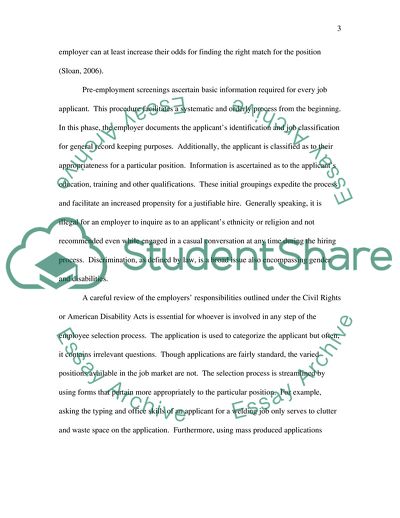Cite this document
(Employee Selection as It Is Essay Example | Topics and Well Written Essays - 1500 words, n.d.)
Employee Selection as It Is Essay Example | Topics and Well Written Essays - 1500 words. https://studentshare.org/human-resources/1705006-employee-selection-human-resource
Employee Selection as It Is Essay Example | Topics and Well Written Essays - 1500 words. https://studentshare.org/human-resources/1705006-employee-selection-human-resource
(Employee Selection As It Is Essay Example | Topics and Well Written Essays - 1500 Words)
Employee Selection As It Is Essay Example | Topics and Well Written Essays - 1500 Words. https://studentshare.org/human-resources/1705006-employee-selection-human-resource.
Employee Selection As It Is Essay Example | Topics and Well Written Essays - 1500 Words. https://studentshare.org/human-resources/1705006-employee-selection-human-resource.
“Employee Selection As It Is Essay Example | Topics and Well Written Essays - 1500 Words”. https://studentshare.org/human-resources/1705006-employee-selection-human-resource.


